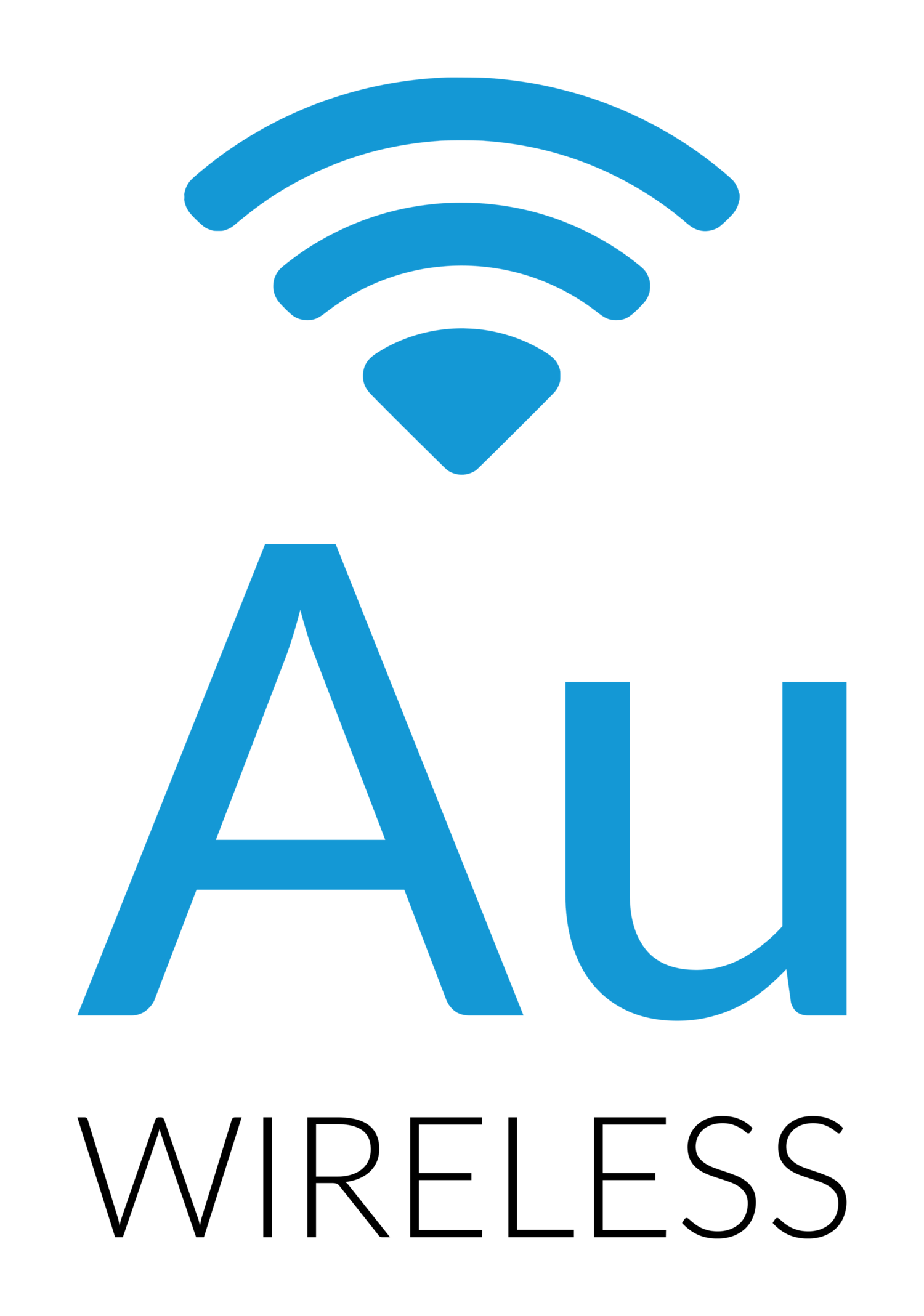What equipment do we use...
/Backhaul radio on the roof of the Mountaineering Center
A number of you have asked what equipment do we use and why? When you are small (ie: tiny budget) and start from ground zero, equipment changes, rapidly.
We set out with a couple goals:
1) Provide the best possible throughput (speed) we could with wireless equipment
2) Do this as cost effectively as possible
These two goal are not really in conflict. This does not have to be expensive and we tried to build out in a method that was responsible but could also be updated with new gear as appropriate.
As you are probably aware by now, our connectivity to the Internet via fiber was very limited in Golden. This is where our partnership with the American Mountaineering Center began. So, what did we install where and why?
Let's start at the beginning of the network. In the AMC, we installed a Mikrotik CCR 1009 router. This is a very powerful yet inexpensive core router that takes our connections to the Internet, combines them and does all the Internet routing for the entire network. It is plugged into a APC UPS (battery backup) for about 2.5 hours of run time with a complete power failure in the city.
The router is then connected to our backhaul radio that sends the signal to our transmission tower on Lookout Mountain. We started with Mimosa B5 radios as our backhaul. This is a great, medium cost, high capacity radio in the unlicensed 5 Ghz spectrum. It can handle about 400 Mbps of traffic in each direction simultaneously. However, after being up and running for a few months, we discovered this radio was getting hit with interference due to the large amount of 5 Ghz traffic on Lookout Mountain. We ended up switching our backhaul to Ubiquiti AirFiber 24 radios. These offer us 775 Mbps of traffic in each direction and are not susceptible to the interference we were seeing with the B5's.
Once we hit the Lookout Mountain tower, the signal goes into a Netonix WISP switch which not only distributes our signal to the transmitters but also powers all the radios (reducing the need for a bunch of power supplies).
Our radios at the top of this tower.
From the switch, the signal travels 100' into the air to our Cambium ePMP transmitters. These are in turn connected to RF Element 120 degree sector antennas. This is a fancy way of saying they can see 120 degrees of Golden. We have three of these on the tower. One faces north and services everyone north of 19th St. Once faces south and gets everyone south of 19th. The other faces the center of the city and acts currently as a failover radio - meaning if the one you are connected to goes down, you will automatically switch over to the backup.
Force 200 on a members roof.
From the tower, you have a Cambium ePMP Force 180 (flat panel) or Force 200 (dish antenna) on your roof. This collects the signal from Lookout and connects it to your router in your house.
That's about it. We have some future changes, additional tower sites we are looking at, new fiber connections, etc. We'll update articles in the future with those changes.




